Begin of page section: Contents:
Research Areas

Sarah Lindner - Defect centres in nanodiamond or semiconductor quantum dots are very promising small-footprint systems for controlled photonic quantum state generation in emerging optical quantum technologies. We design, characterise, and implement quantum emitters and hybrid systems to create versatile sources of quantum light.
Read more
Quarks and gluons bind together to form protons and neutrons but also exotic hadrons with unconventional properties, which may hold the key to understanding the foundations of nuclear physics.
(Image credit: CERN)
Read more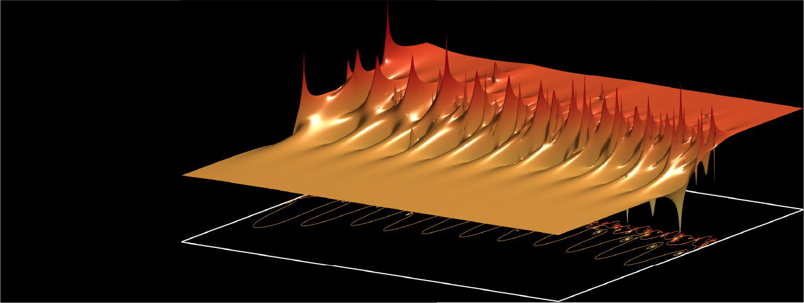
Thomas Weiss - We explore resonant phenomena in light- matter interaction at the nanoscale by theoretical and computational means with the aim to control this interaction using metallic and dielectric resonators.
Read more
Claudia Haagen-Schützenhöfer - High-quality physics education is evidence based. We create evidence in the fields of digital transformation, climate-change-education, fake news, content specific curricula, professionalisation of (future) teachers, Design-Based Research and more.
Read more
Martin Schultze - Future communication and computing require the speed and reach of light and the power efficiency and miniaturisation of electronics. We exploit light-driven currents to interconnect these worlds.
Read more
Andreas Hauser - The group is part of the Institute of Experimental Physics at the Graz University of Technology. Research topics: First principles studies in surface chemistry, catalysis and cluster physics, Cluster properties modelling, New materials for molecular sieving, gas storage and separation, Quantum chemical studies of weakly interacting systems, Electronic structure of small metal clusters, Theoretical molecular spectroscopy, Method development.
Read more
Astrid Veronig - Our Sun creates the most energetic eruptions in the solar system. These occur in the form of high-energy radiation, particles and plasma ejections along with enhanced magnetic fields.
Read more
Peter Banzer - We develop novel applications of tailor-made photonic integrated circuitry in the field of light sculpting and detection in general, and sensing, advanced microscopy, communication, etc. in particular.
Read more
Ulrich Foelsche - Climate and hydrology change monitoring and analysis at regional-local scale. High-quality climate station data. Historical climate variability.
Read more
Ulrich Hohenester - We study the optical properties of metallic nanoparticles. Due to the different length scales, namely nanometers for the metallic nanoparticles and micrometers for the light, the light-matter coupling is in the nearfield regime and becomes drastically enhanced. This allows to tailor the optical properties of light emitters (molecules, collodial quantum dots, etc.) placed in the vicinity of metallic nanoparticles, which might be beneficial for novel biosensor applications.
Read more
Manuela Temmer - Heliospheric physics means research on the solar wind structures of interplanetary space, its sources and mechanisms on the Sun, together with embedded transient events such as coronal mass ejections. It also covers Space Weather research, aiming towards a better understanding of the solar-terrestrial system, by investigating how solar activity influences Earth's magnetosphere, ionosphere, and thermosphere. It is a highly interdisciplinary field of research and includes efforts to transition scientific results to operational applications to mitigate the adverse effects of solar activities on technological systems and human activities both in space and on Earth.
Read more
Robert Nuster and Günther Paltauf - Light interacting with a medium can generate acoustic waves. These waves contain detailed information about the specimen they propagate in. We explore the fundamental processes of light-induced ultrasound generation with structured illumination schemes, novel optical ultrasound detection methods, reconstruction methods and versatile applications of photoacoustic imaging in the field of biomedical research, and laser ultrasound in materials science.
Read more
Peter Banzer - Light's properties can be tailored spatially and temporally leading to an exciting playground for fundamental research. The same recipe can be applied to materials, with a function resulting from artificial structure. This concept paves the way towards powerful applications in optical communications, sensing, imaging, and more.
Read more
Peter Puschnig - We apply electronic structure theory to study light- matter interaction at the atomistic level and ultrashort time-scales. By employing photoemission orbital tomography, we watch in slow-motion videos, how electrons move in quantum mechanical orbitals.
Read more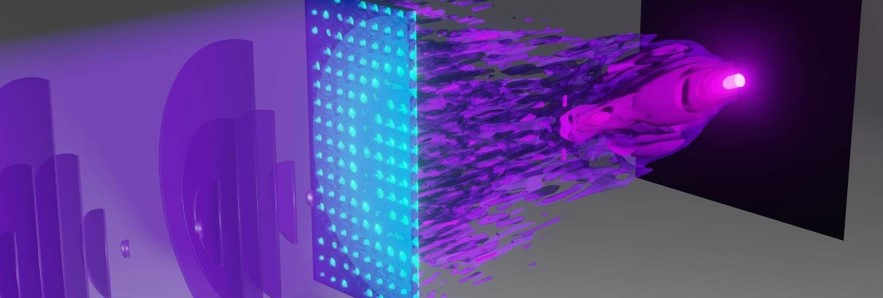
Marcus Ossiander - The shortest human-made flashes of light are extreme ultraviolet. We combine them with novel lenses (metaoptics) to record movies of the fastest physical and chemical processes.
Read more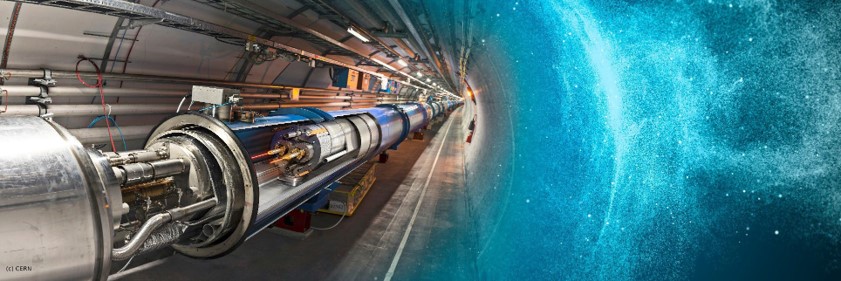
Axel Maas - Determining the fundamental structures and observables of particle physics and quantum gravity and their implications for the experiments at CERN, the universe, and reality itself.
Image Credit: CERN
Read more
Christopher Albert - Understanding and optimising magnetic plasma confinement brings conditions from inside the Sun to Earth, thereby enabling sustainable energy production from fusion of light nuclei.
Read more
Markus Aichhorn - Strongly interacting electrons in a material lead to fascinating new behaviours which are fundamentally driven by quantum mechanics. Computer simulations are used to explore these emergent phenomena and exploit them for new materials.
Read more
Reinhard Alkofer - Ultra-strong fields create particles: The quantum phenomena of particle-antiparticle creation from electromagnetic fields in ultra-high intensity lasers, from the strong nuclear force and by the gravitational field in an expanding universe are investigated using novel computational methods.
Image credit: Helmholtz Centre GSI Jena Branch Office
Read more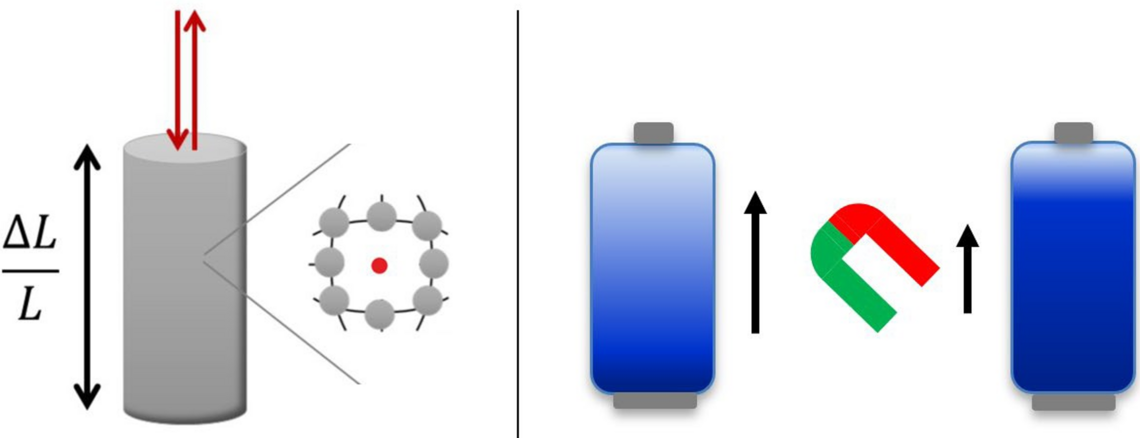
Roland Würschum - In-situ monitoring of charging processes in energy-related materials by sensitive physical measuring techniques:
- hydrogen charging in metals by dilatometry,
- battery charging by magnetometry.
Read more
Wolfgang Sprengel - High-precision LASER-dilatometry reveals structural and precipitation phenomena for the improvement of future advanced Al- and Ti-based alloys.
Read more
Eva-Maria Steyskal - Fabrication and functionalities of nanoporous metals:
- tunable properties by (electro-)chemical surface modifications.
- metal-enzyme hybrid electrodes for applications in biotechnology.
Read more
Oliver Hofmann - Structure, thermodynamics, and kinetics of molecules adsorbed on various substrates determined from combining first principle and machine learning methods, aiming to predict the electronic structure at interfaces.
Read more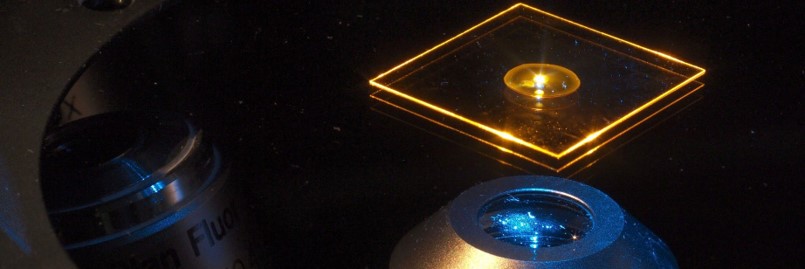
Joachim Krenn - Investigate and apply light on the nanoscale with novel microscopy and spectroscopy methods, ultrafast techniques and electron probes.
Read more
Simon Plätzer - Leveraging the complexity emerging from Quantum Field Theories of nature's building blocks requires detailed simulations. We calculate and simulate the dynamics of high energy scatterings, linking theory and experiment from first principles.
Credit: cds.cern.ch/record/1606502 , licensed via CC 4.0
Read more
Enrico Arrigoni and Wolfgang von der Linden - Explore the dynamics of microscopic particles within materials, their interactions, and correlations, unveiling fascinating phenomena through quantum mechanics that may also be used in future technological applications. We use advanced numerical methods including machine learning.
Read more
Roland Resel - Crystallisation at surfaces can lead to the discovery of unknown phases within thin films. The crystal growth of organic materials is studied beyond the first monolayers formed at substrate surfaces.
Read more
Peter Hadley - Defects play an important role in determining the properties of semiconducting materials and devices. Even very low concentrations of defects can be responsible for degradation effects that influence device reliability.
Read more
Dénes Sexty - theoretical exploration of the different phases of dense nuclear matter (neutron stars are made of that), non-equilibrium evolution of quantum field theories such as in a heavy ion collision.
Read more
Christoph Heil - Superconductors, exhibiting no electrical resistance, are extremely desirable for numerous applications, but necessitate cooling to extremely low temperatures. We employ cutting-edge computational methods to model and design novel high-temperature superconductors.
Read more
Eduardo Machado and Robert Schennach - X-rays can be used to investigate the inside of many materials and devices.
Furthermore, µCT provides 3D images of their internal structure,
and then quantitative analyses of properties like porosity and in-situ structural changes can be made.
Read more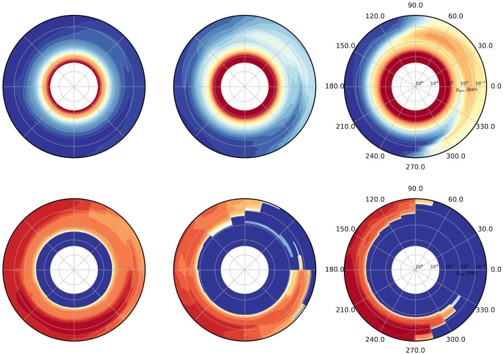
Christiane Helling - Virtual Laboratories studying weather and climate processes on yet unexplored worlds. Our science drivers are the large diversity of exoplanets and the capabilities of missions like CHEOPS, JWST, PLATO, Ariel.
Read more
Markus Koch - Nano-cryo-reactors provide maximum control to observe the flow of energy and charge in molecular systems with femtosecond temporal resolution, improving our understanding of light-energy conversion.
Read more
Egbert Zojer - By combining quantum-mechanical simulations with advanced machine-learned tools, thermal, electronic, and dynamic properties of advanced materials like organic semiconductors and metal-organic frameworks can be predicted, explained, and designed.
Read more
Anton Tamtögl - studying energy dissipation at interfaces, specifically Dirac and 2D materials, gives rise to a comprehensive atomic-level understanding of physicochemical processes in catalysis, astrochemistry and nanostructure evolution.
Read more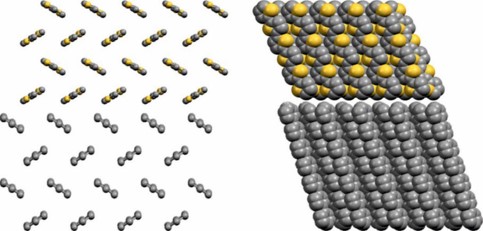
Georg Koller - Electronic and optic properties of organic electronic devices strongly depend on their internal molecular interfaces. By choosing appropriate substrate templates and growth conditions these can be controlled
Read more
Giovanni Zamborlini - Molecular units can be confined to two dimensions on suitable templates, leading to novel quantum phenomena that can control interfacial catalytic, magnetic, and electronic properties.
Read more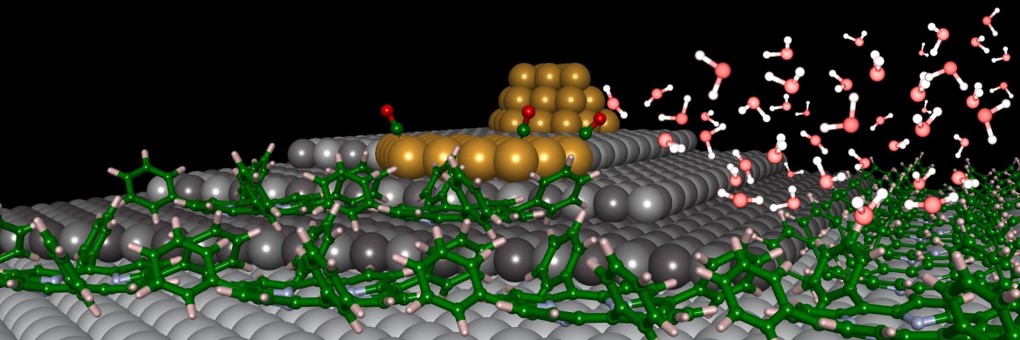
Martin Sterrer - Fundamental problems of nanoscience, ranging from catalysis to organic electronics, are solved by studying the geometric, electronic, vibrational and chemical properties of atomically controlled surface structures (metals, oxides, molecular adsorbates).
Read more
Karin Zojer - Theoretical modelling and simulations reveal how disordered structures create bottlenecks or "highways" for the transport of charges, energy or particles.
Read more

Birgitta Schultze-Bernhardt - The advanced precision and the highly coherent nature of optical frequency combs are exploited for spectroscopic sensing across the NIR/VIS/UV spectral region for detailed investigations of photo- induced processes and environmental monitoring.
Read more
Harald Plank - Direct-write printing of complex 3D nanoarchitectures is an advance in additive manufacturing, leveraging nanoscale effects and design freedom on most materials and any given surface, transforming life sciences and electronics.
Read more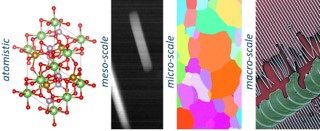
Multi-scale, correlative microscopy aims to integrate multiple techniques to study specimens at various scales and resolutions. Combined with advanced data analysis tools, machine learning and AI, complex functional material relationships can be revealed.
Read more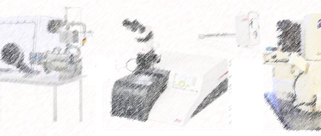
The study of topical material systems demands sophisticated handling and preparation steps, specific to the components contained. Tailored work-flows provide a holistic view of the material characteristics, relevant for comprehensive studies.
Read more
Various real and reciprocal space imaging techniques are developed and applied in combination with image simulations to yield quantitative information about sample structure, crystallography and composition, making it highly suitable for the defect and interface analysis of functional materials.
Read more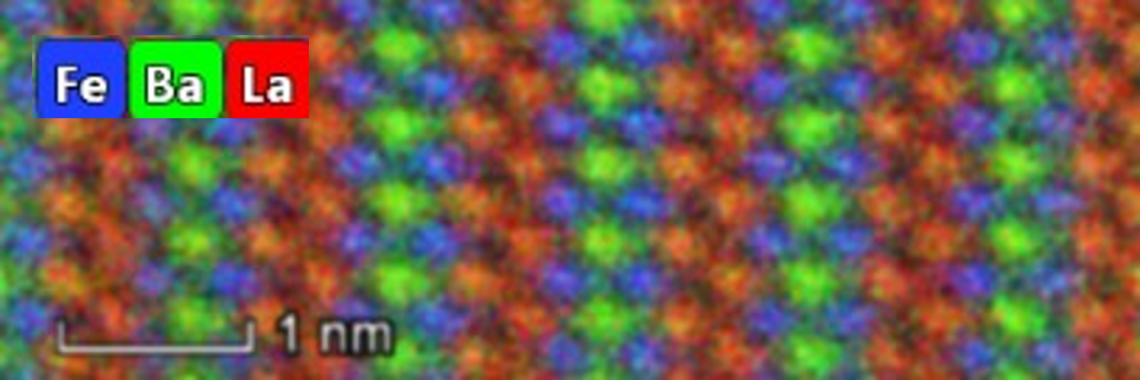
Research in nanoscale spectroscopic methods allows to extract optical, electronic and elemental-specific information to be related to physico-chemical effects and material properties.
Read more
Utilizing new imaging modalities, reconstruction algorithms, and embedding physics-based modeling, one can visualise nanostructures in 3D. Electron tomography opens up ways to spatially visualise hidden nano-scale phenomena.
Read moreEnd of this page section. Go to overview of page sections
End of this page section. Go to overview of page sections